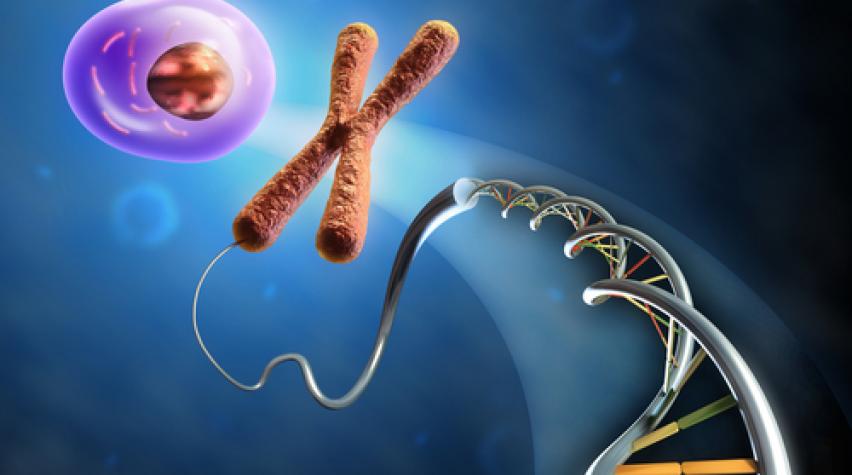
There are all sorts of advantages to living in a community. Everyone doing their part can bring a sense of unity, and purpose. Humanity is built on the very idea of community, and the concept that everyone doing their part contributes to a better world.
A community can be seen like a business— there’s no way that a business could function entirely depending on one person alone. Much like a business, a community is many moving parts, from the police that are respected by their community, to the citizens that pick up trash, everyone’s contribution makes a difference in maintaining a society.
However, not everyone is sure how they can contribute. After all, some people may have trouble finding their place within a community setting. If you’re looking for ways to contribute to your community, then here are some practical ways for you to do so.
Volunteer Your Time
While many people may think of money as one of the most valuable contributions you can provide in life, the truth is that time is even more valuable than money. In essence, time is money, which is why volunteering can be so valuable. Many organizations and causes can’t afford to hire a full time staff.
As such, there are many places looking for volunteers to help. Volunteering opportunities come in all sorts of different forms. Whether it’s volunteering at a local art museum, or helping pick up trash, helping your community in whatever way suits you and your skills can be incredibly valuable.
Support Local Businesses
Supporting local businesses is critical if you hope for your community to thrive. Even though you might have your favorite online shops or big chain stores, try to shop local whenever possible. Since the rise of COVID, more and more businesses were forced to shut down, which is why you doing your part to help out can make a significant difference in your communities economy.
Donate Blood
Becoming a blood donor is a wonderful way to give back to your community. Even with one single blood donation, you can save a considerable amount of lives. Many people undergo operations or lose blood in an accident, which calls for donors. Apart from the satisfaction of knowing you’re helping save a life, you also get cookies and juice at a blood center. And while giving blood may seem scary to some people, you have to admit that cookies and juice are a pretty sweet deal.
Join A Community Garden
If you don’t have a garden of your own, you might want to look into joining a community one. Joining a community garden doesn’t just help your community aesthetically, but it can also help contribute to biodiversity and encourage community connection!










